At dawn on August 3rd, 1944, German soldiers went house to house around Via Garibaldi in the sestiere Castello. They knocked on the doors, waking up the residents, and rounded up around 500 men and women.
The soldiers forced everybody at gun point to stand along the road, facing the buildings with their hands up on the walls in front of them.
They stood like that for over two hours, not knowing why and what was going to happen.
At six o’clock, the German soldiers made them all to go down the Riva dell’Impero, the shore line near the end of the Via Garibaldi.
Seven men were standing there. They faced the crowd, with their backs to the lagoon. They stood with their arms extended to the sides, all tied together between two wooden posts erected for the purpose.
A German officer read out the sentence, after which a platoon of twenty-four soldiers raised their guns to execute the seven prisoners.
One of the prisoners shouted, “Long live free Italy!” and another, “Avenge us!” just before the fatal shots rang out.
The crowd witnessed the murders aghast.
After a while, the corpses were loaded in the same boat the prisoners had arrived in, and taken away.
The Germans then took 136 men from the crowd to the prison as hostages, to make sure the locals stayed quiet.
The soldiers forced some children to clean up the blood with brooms and buckets.
The Seven Martyrs
The seven victims were:
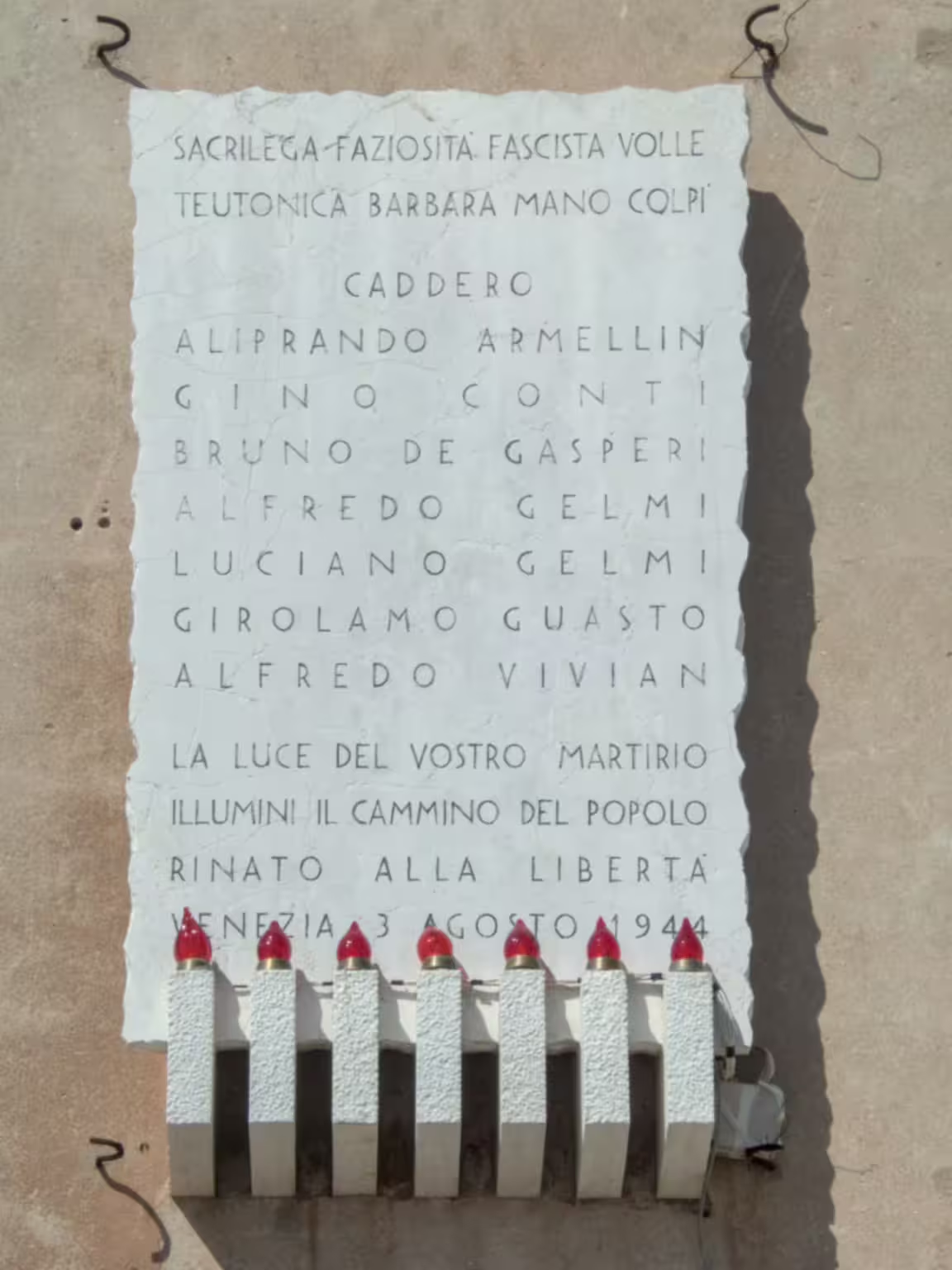
- Aliprando Armellini, born in the province of Vicenza in 1920;
- Gino Conti, born in the province of Venezia in 1898;
- Bruno De Gasperi, born in Trento in 1924;
- Alfredo Gelmi, born in Trento in 1924;
- Luciano Gelmi, born in Trento in 1925, brother of Alfredo;
- Girolamo Guasto, born in Sicily in 1919;
- Alfredo Vivian, born in Venice in 1908.
Armellini, Conti and Vivian were active members of the anti-fascist resistance movement from the Veneto region. Guasto was arrested, suspected of helping the resistance.
De Gasperi and the Gelmi brothers had refused the draft to fight on the side of the Repubblica Sociale Italiana, a fascist puppet statelet established by the German occupiers after the fall of the fascist regime in Italy on July 25th, 1943.
Soon, people referred to the seven as the Seven Martyrs.
None of the seven received any kind of trial before their execution.
The German sailor
On the evening of August 2nd soldiers and sailors from several German navy ships moored at the Riva dell’Impero partied. At some point at night they discovered that a sailor standing guard on the quay had disappeared.
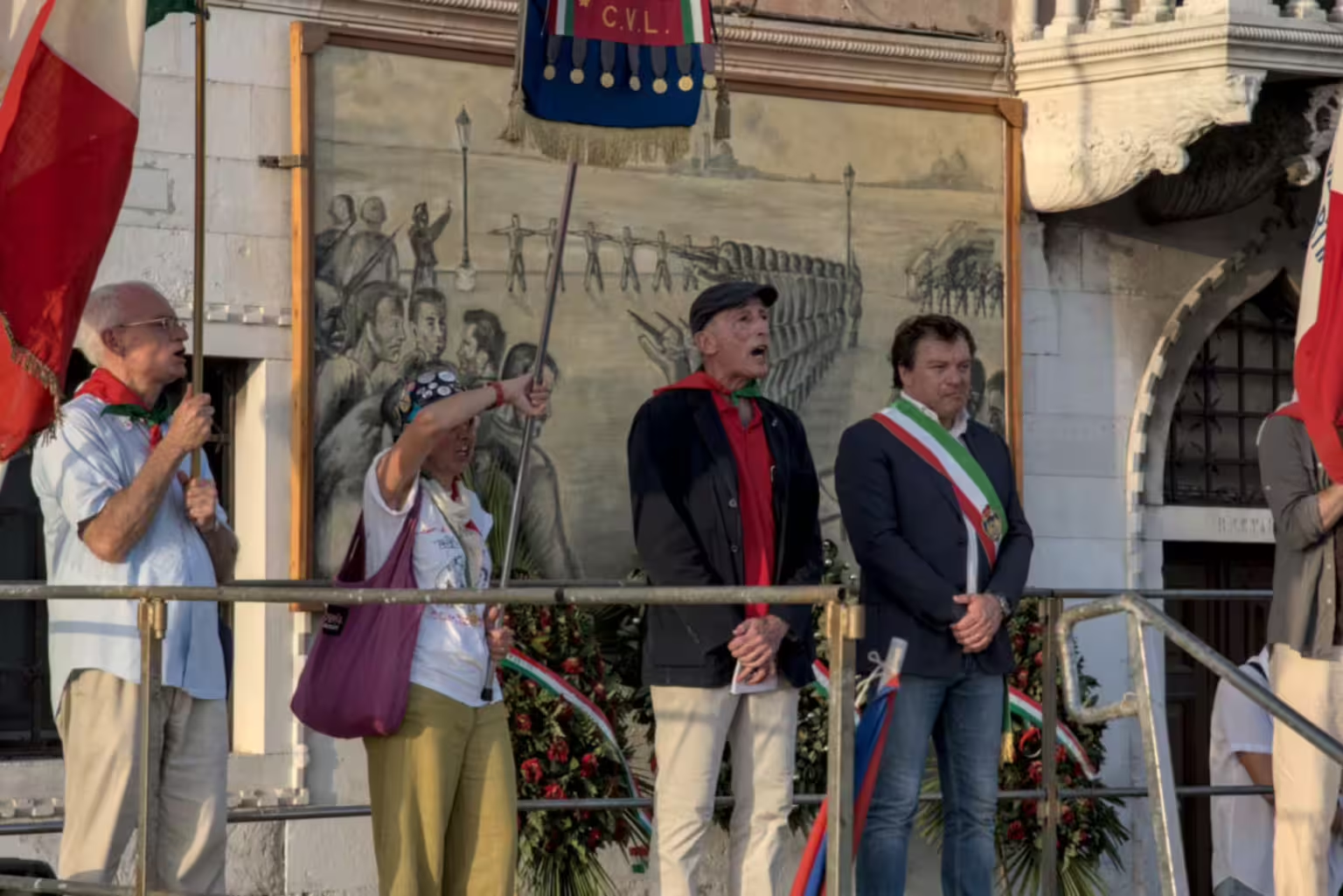
The commander assumed that locals had assassinated him and thrown the body in the lagoon. He immediately sent order the local prison in Venice, at Santa Maria Maggiore, for some captives from the resistance movement.
The Germans killed the seven martyrs simply to set an example for the locals.
Several days after the executions, the body of the sailor resurfaced in the lagoon.
He had no wounds or signs of any kind of fight. Most likely, he had had too much to drink, and had fallen into the water and drowned.
After the war
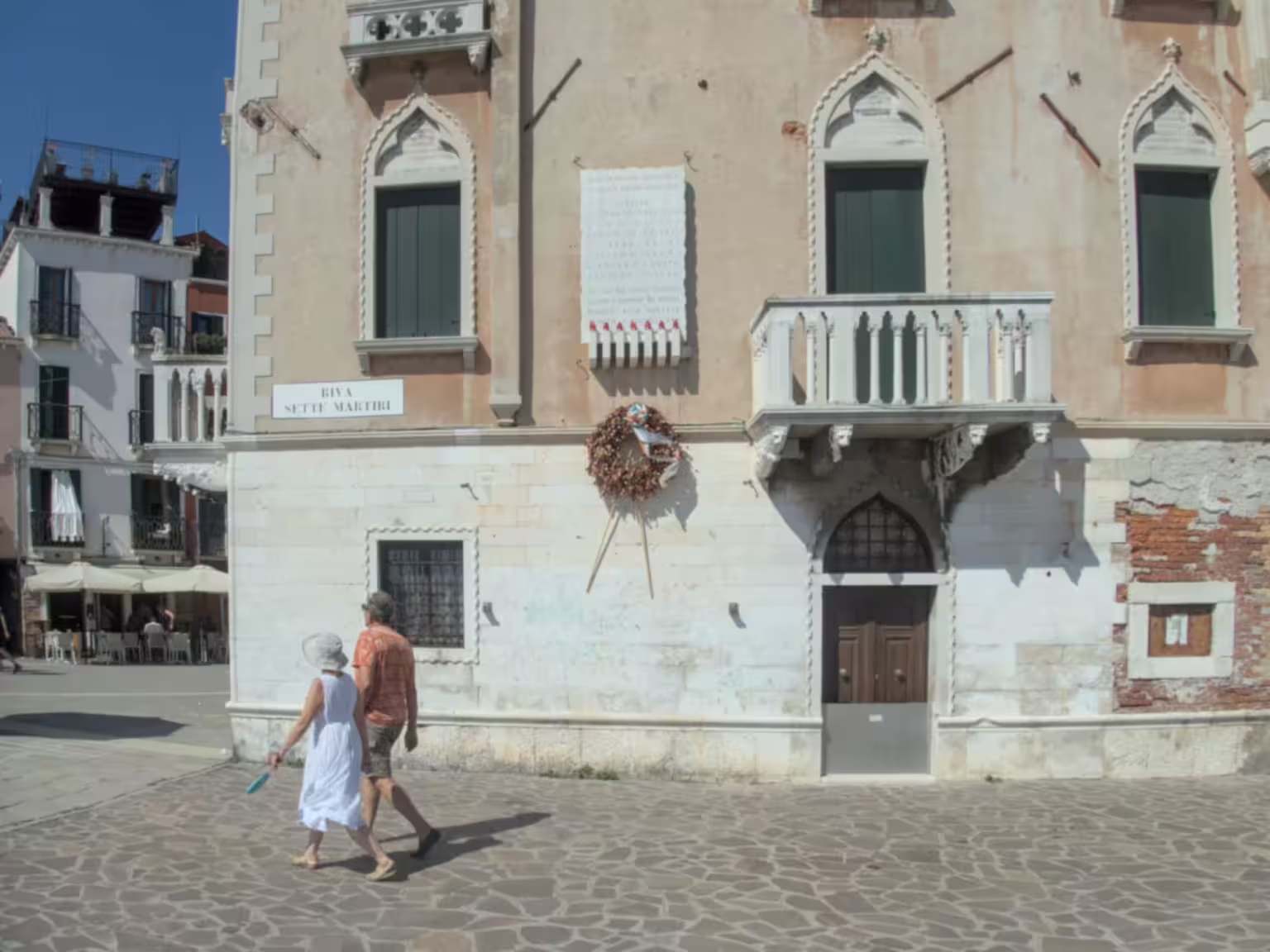
There was no legal aftermath. The executions were considered ‘normal’ acts of retaliation in times of war.
Four persons stood accused after the war for having collaborated with the Germans or with the fascist police force or the RSI, leading to the capture of some of the seven martyrs.
Some were absolved, and others received amnesties. In the end, nobody was punished.
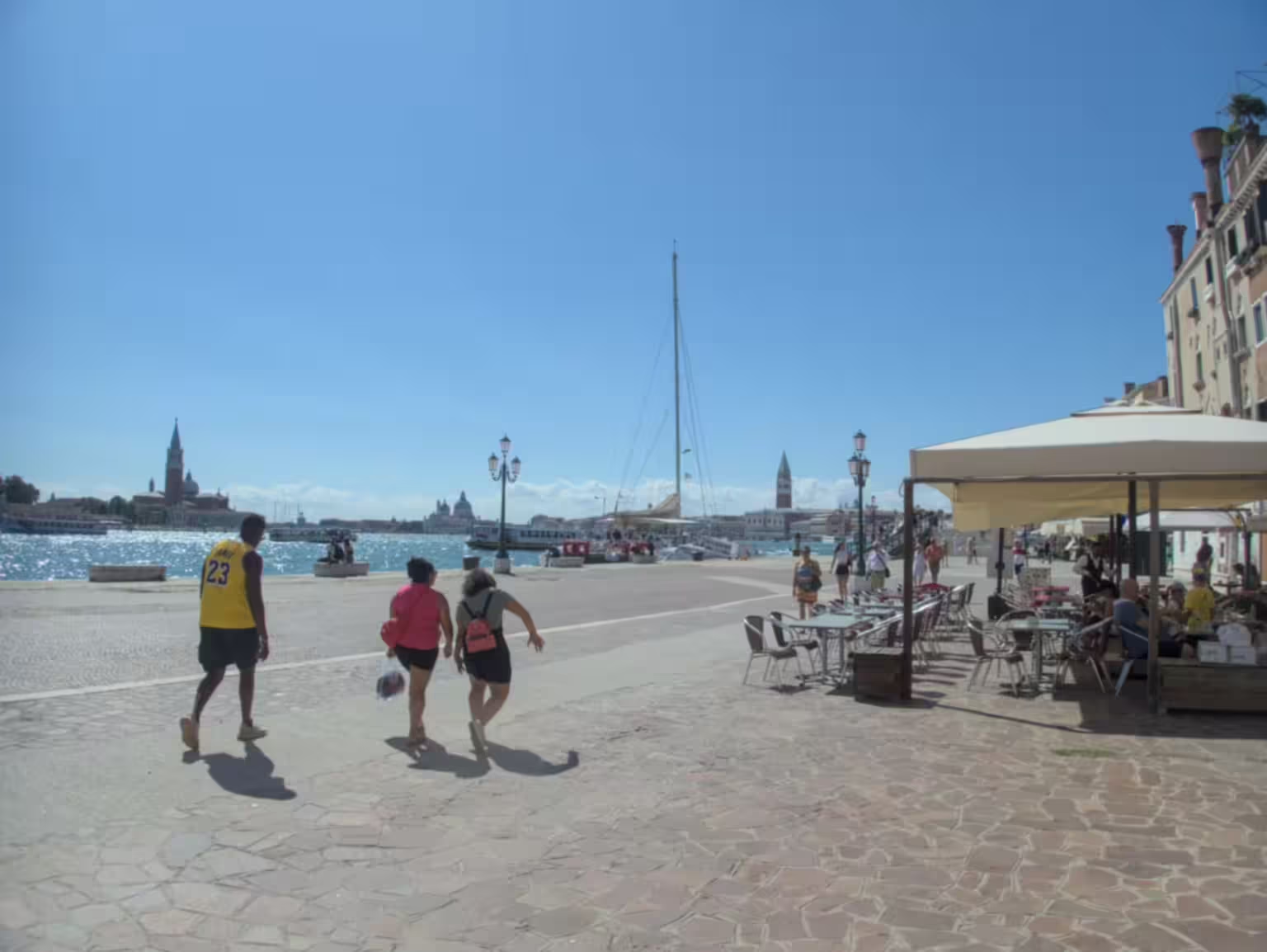
Today
Every year on August 3rd the municipal administration organises a public event to commemorate the Seven Martyrs.
This year is the 79th anniversary of the murders of the Seven Martyrs.
There’s a plaque with their names on the building closest to the site of the executions.
The former Riva dell’Impero is now the Riva dei Sette Martiri.

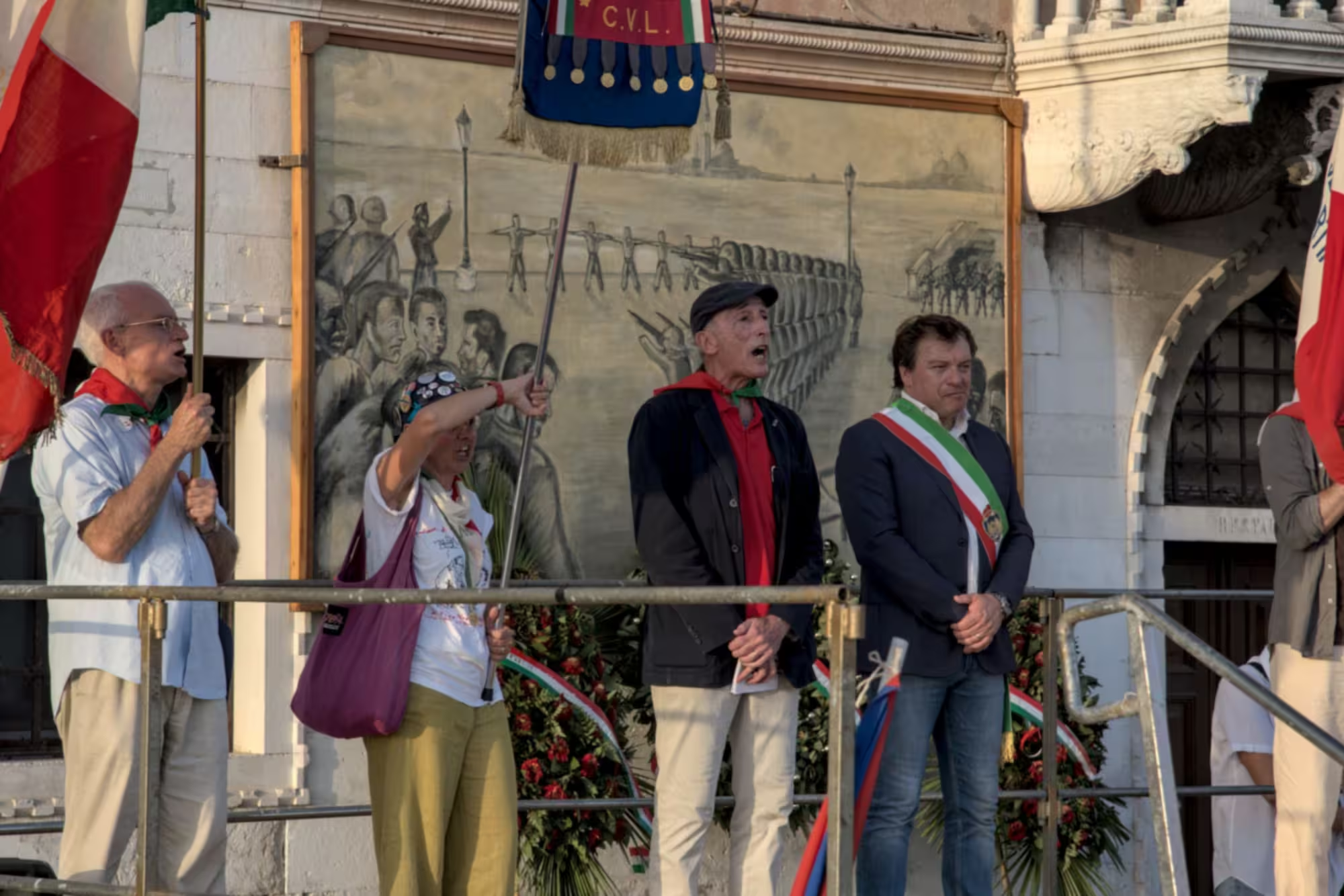



Leave a Reply